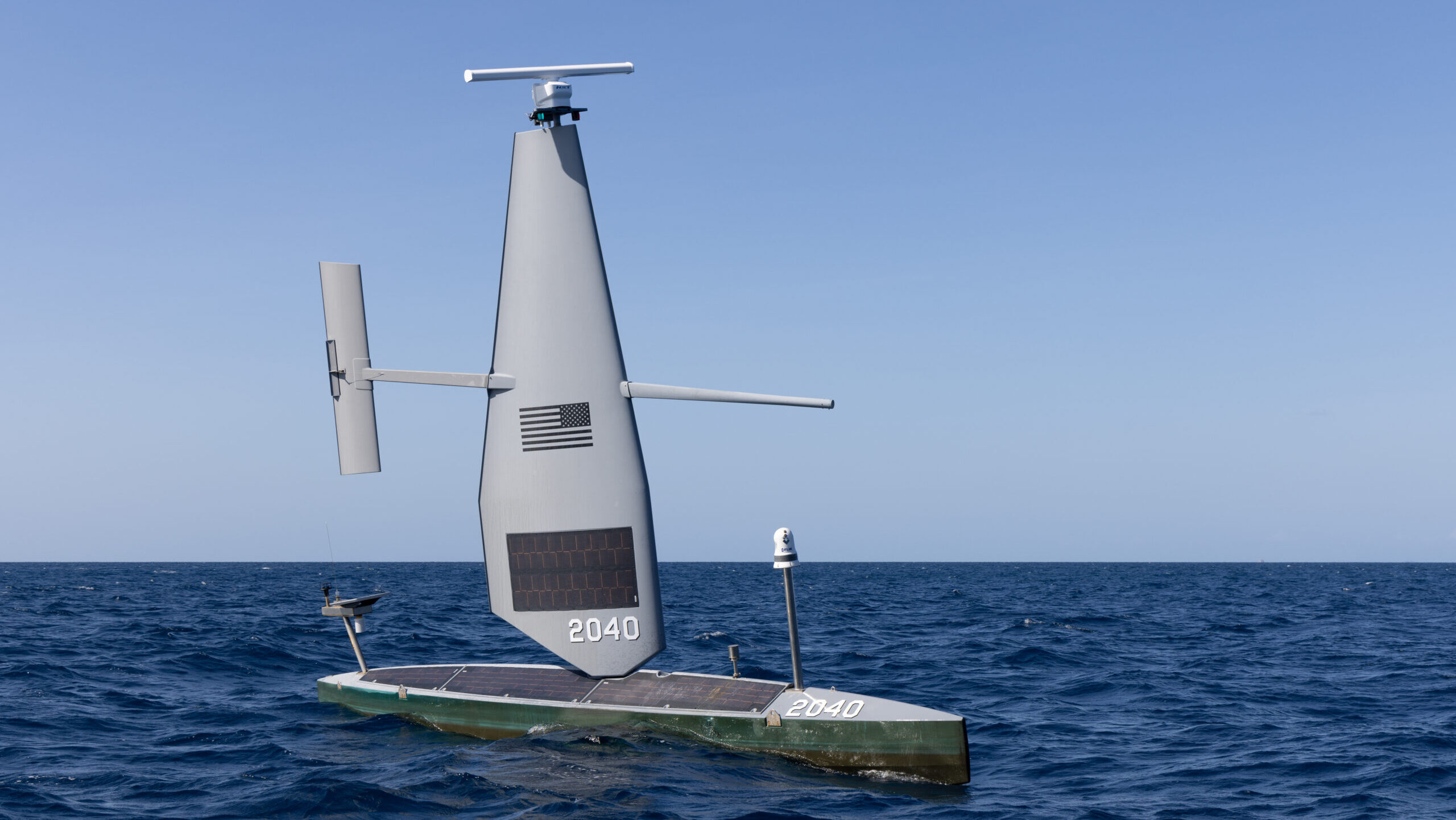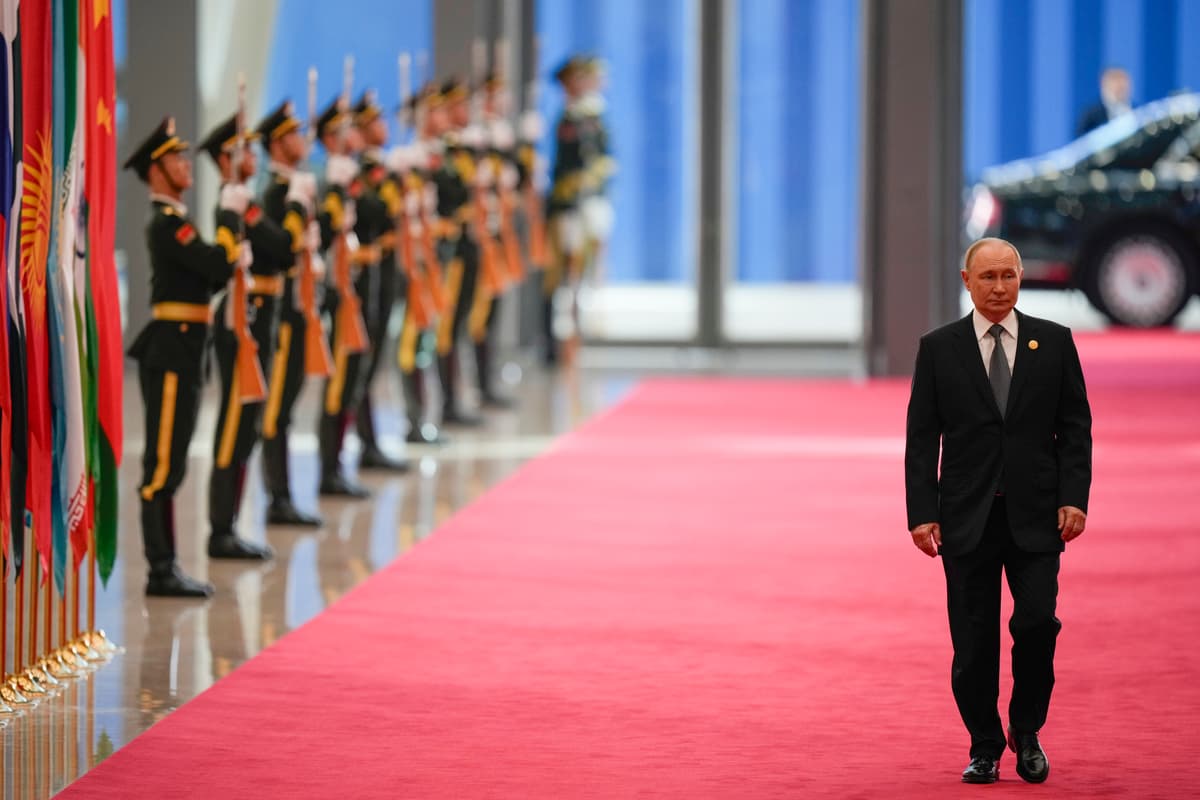In a recent address at the AFCEA TechNet Indo-Pacific conference in Hawaii, Lt. Gen. James Glynn, commander of Marine Corps Forces Pacific, called on the defense industry to provide more prototypes during military exercises. He emphasized the importance of rapid development and the need for military forces to adapt quickly in response to evolving challenges in the Indo-Pacific region.
During his remarks, Glynn stated, “When you come with a prototype, don’t come with one with the intention to take it home with you.” He stressed that the military benefits from continued engagement with new systems, even after a scheduled exercise. “Come with five. Take one or two home and leave three with us, and we’ll continue to work on it,” he added. This collaborative approach aims to refine prototypes through extensive testing and data collection.
Speed Over Perfection in Military Operations
Glynn highlighted that in the current operational environment, the military cannot afford to wait for perfect solutions. “The name of the game is speed,” he remarked, noting that the acquisition process often takes years. “Partner with us to fail. Got no problem when it doesn’t work,” he said, pointing out that prototypes can facilitate rapid adaptation and implementation of new technologies.
He cited the Joint Fires Network as a successful example of this approach. The initiative was designed to meet the immediate needs of combatant commands, providing real-time, fused, actionable threat information to both joint and partner forces. Glynn explained that the network started as a collection of promising prototypes combined to create a capability that addressed urgent operational requirements.
“It didn’t matter that it wasn’t a program of record,” Glynn stated. “What’s my biggest concern? Your ability to provide those prototypes, your trust to leave those prototypes, and our ability to continue to turn prototypes into programs of record.” He emphasized the need for a collaborative effort to ensure timely development, noting that military operations are conducted on a timeline of weeks and months, not years.
Collaborative Approach to Defense Technology
The general’s comments reflect a broader trend in military strategy, where agility and responsiveness are becoming increasingly critical. As threats evolve, the ability to rapidly develop and implement new technologies is paramount. Glynn’s appeal to the industry is a call for proactive collaboration in order to enhance the capabilities of military forces in the region.
The emphasis on prototypes is not merely a matter of operational efficiency; it also underscores the trust that must exist between military forces and their industrial partners. Glynn’s vision for the future hinges on this partnership, which he believes will ultimately lead to enhanced operational readiness and effectiveness in an unpredictable global landscape.
As the Indo-Pacific region continues to face complex security challenges, the dialogue between military leaders and industry stakeholders will be essential in shaping the future of defense technology. Glynn’s call to action serves as a reminder that innovation must be a collective effort, with both parties working together to achieve shared goals.







